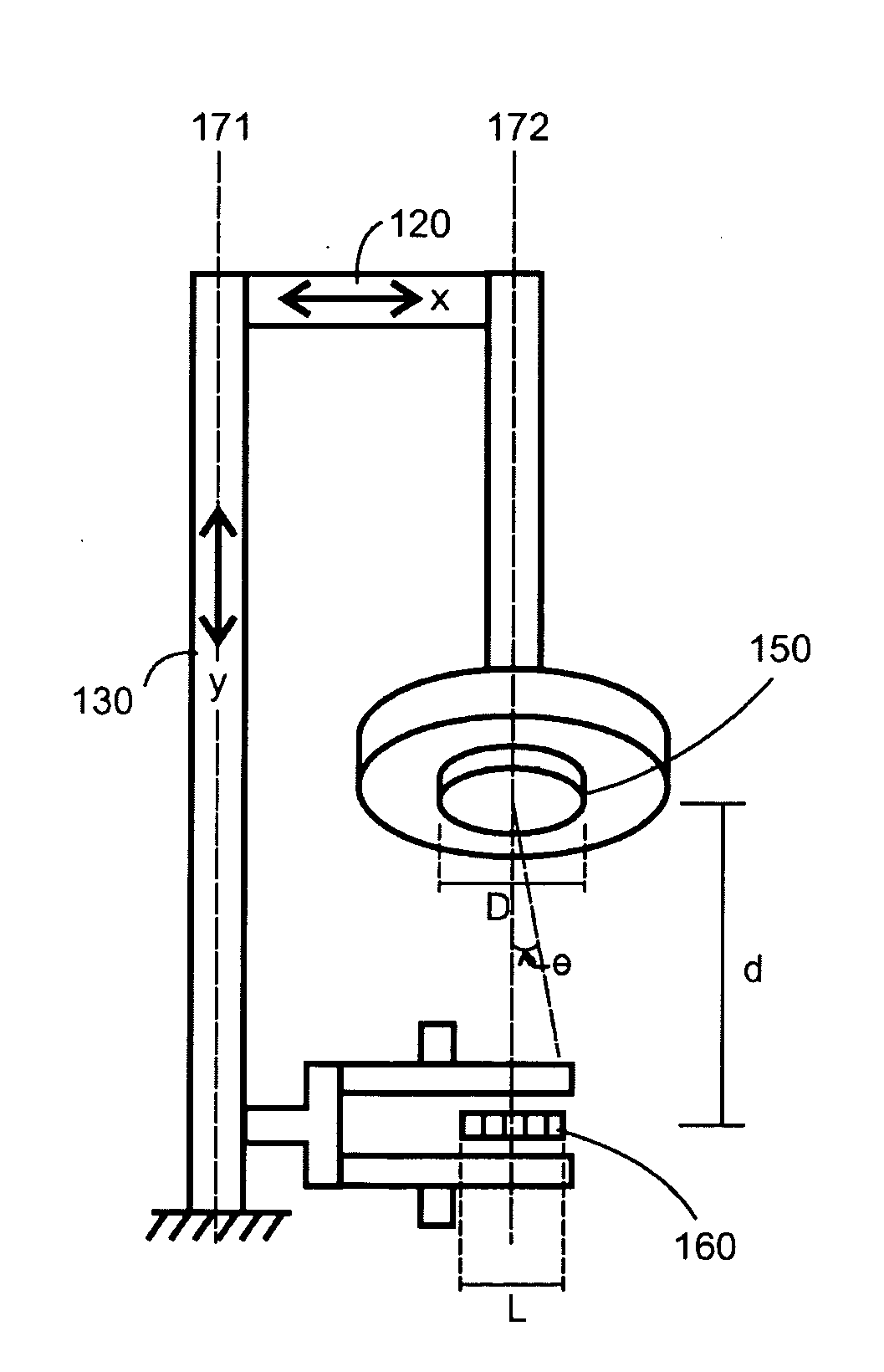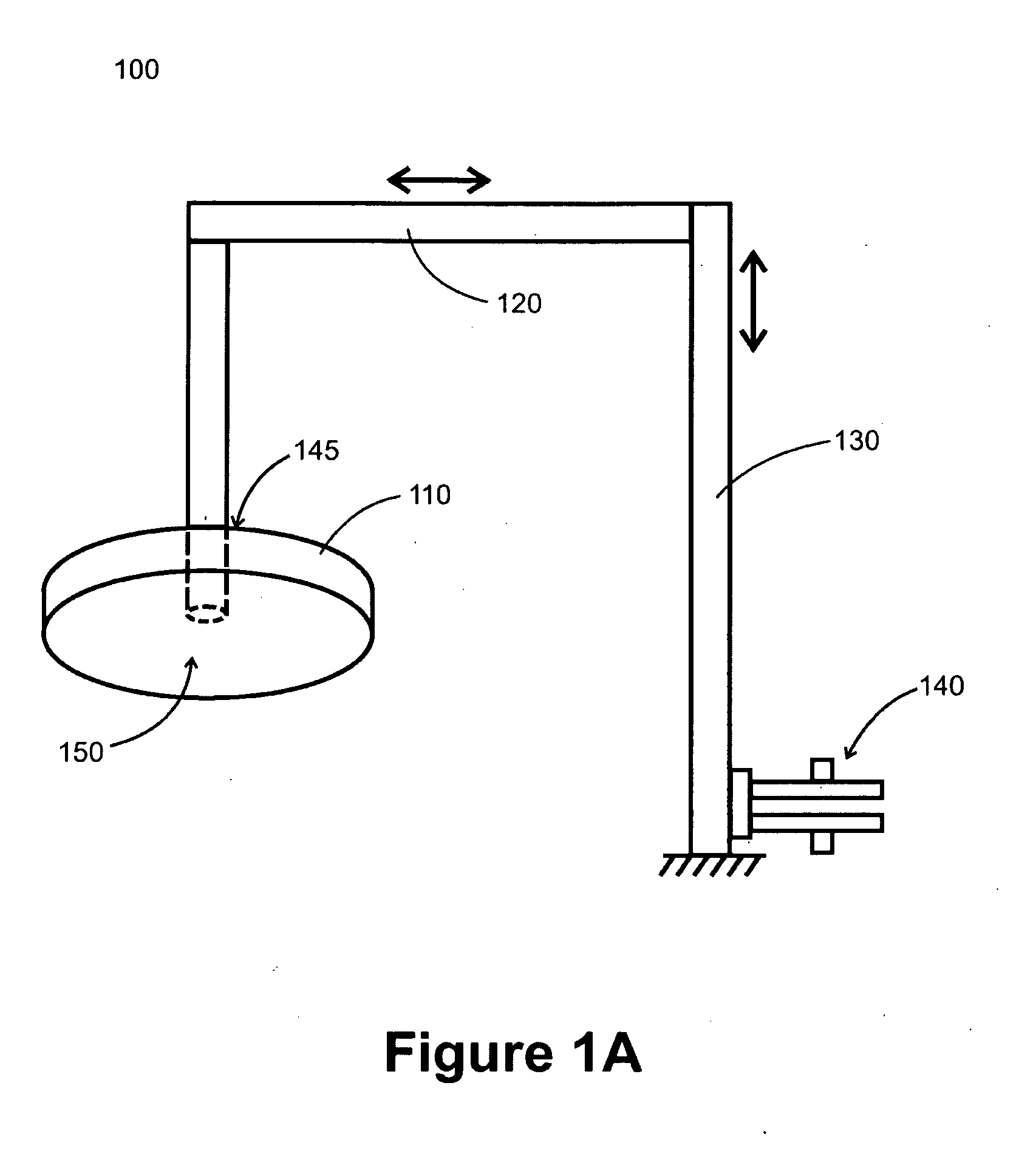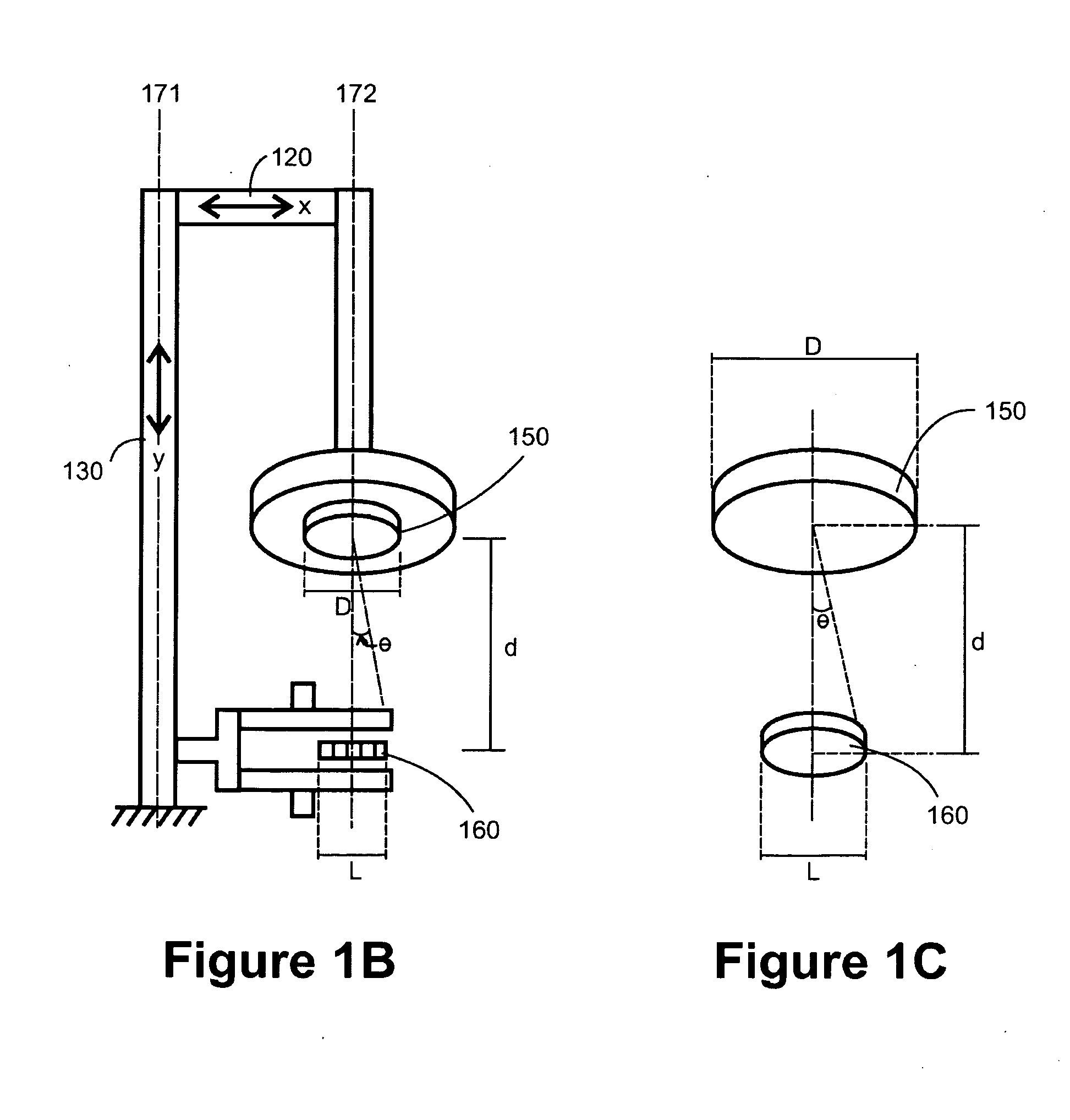System and Method for Conducting Accelerated Soft Error Rate Testing
a technology of soft error rate and test method, which is applied in the field of system and method for conducting accelerated soft error rate test, can solve the problems of overall reliability, soft error rate (ser) of semiconductor devices becoming increasingly important, and susceptibility to error, so as to reduce radiation exposure, improve the effect, and improve the effect of soft error rate of semiconductor devices
- Summary
- Abstract
- Description
- Claims
- Application Information
AI Technical Summary
Benefits of technology
Problems solved by technology
Method used
Image
Examples
Embodiment Construction
[0056]The present invention is directed to a system and method for conducting an accelerated soft error rate (ASER) test on semiconductor samples including integrated circuits and semiconductor devices. More particularly, the invention provides for a system and method for carrying out accelerated soft error rate tests with credibility and reliability. The invention provides for a system and method for increasing the effectiveness by which soft error rates of semiconductor devices can be modeled and enhancing by which quality control can be implemented for semiconductor devices. The invention also provides for a system and method of carrying out accelerated soft error rate tests that reduce radiation exposure to an operator of the test. Merely by way of example, the invention can be used to perform testing of BIB or DUT boards in a way compliant with JEDEC standards. Based on the number of soft errors, it may be determined as whether the semiconductor is acceptable. There are other e...
PUM
 Login to View More
Login to View More Abstract
Description
Claims
Application Information
 Login to View More
Login to View More - R&D
- Intellectual Property
- Life Sciences
- Materials
- Tech Scout
- Unparalleled Data Quality
- Higher Quality Content
- 60% Fewer Hallucinations
Browse by: Latest US Patents, China's latest patents, Technical Efficacy Thesaurus, Application Domain, Technology Topic, Popular Technical Reports.
© 2025 PatSnap. All rights reserved.Legal|Privacy policy|Modern Slavery Act Transparency Statement|Sitemap|About US| Contact US: help@patsnap.com



